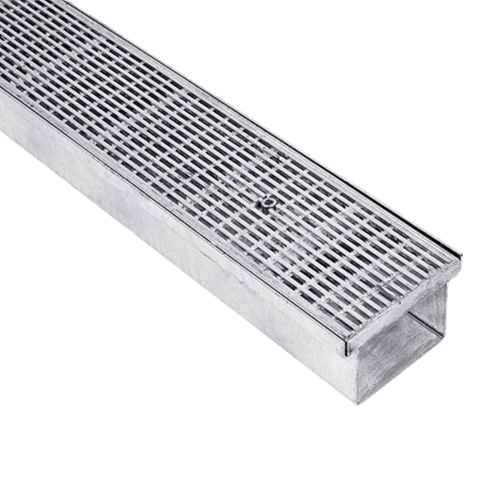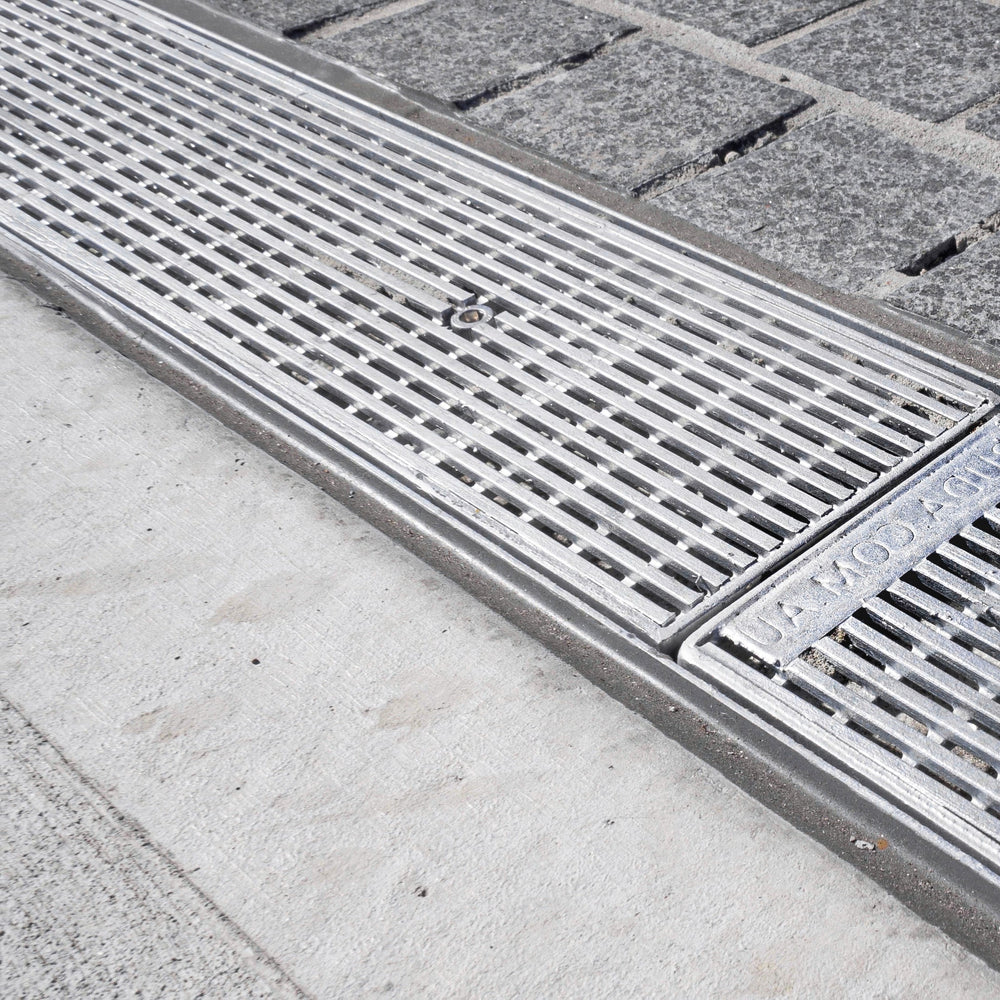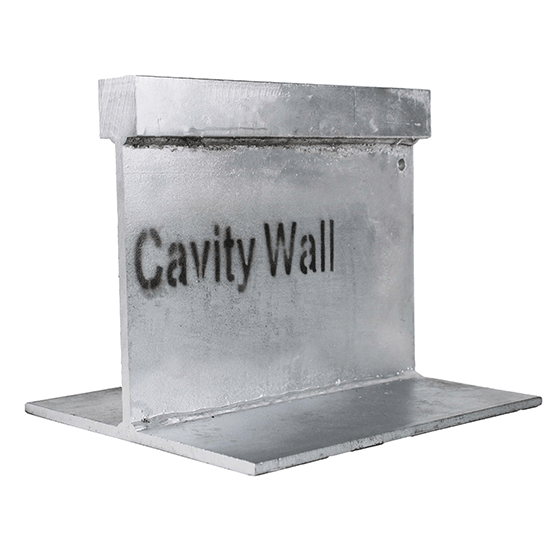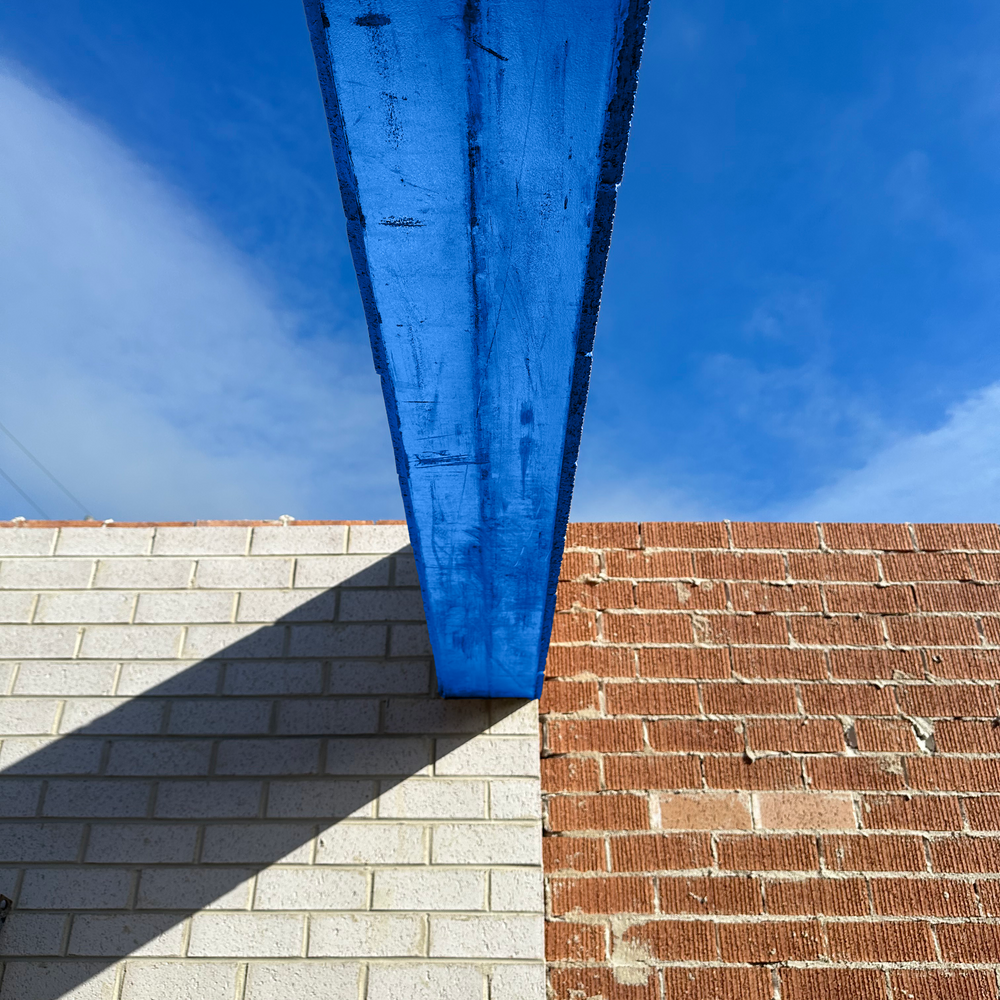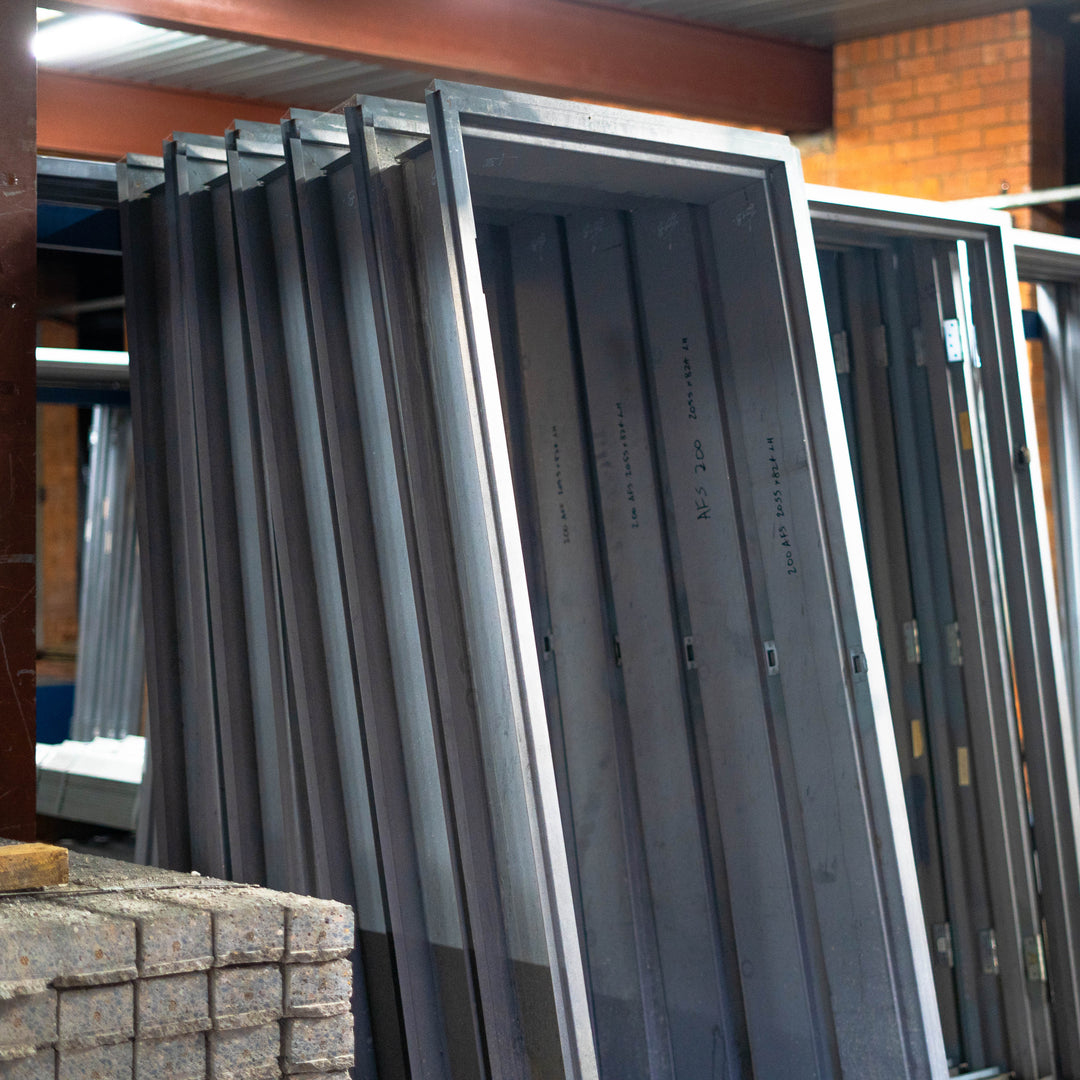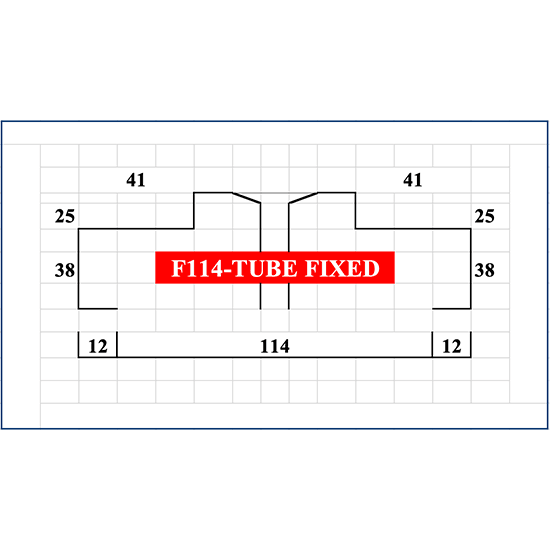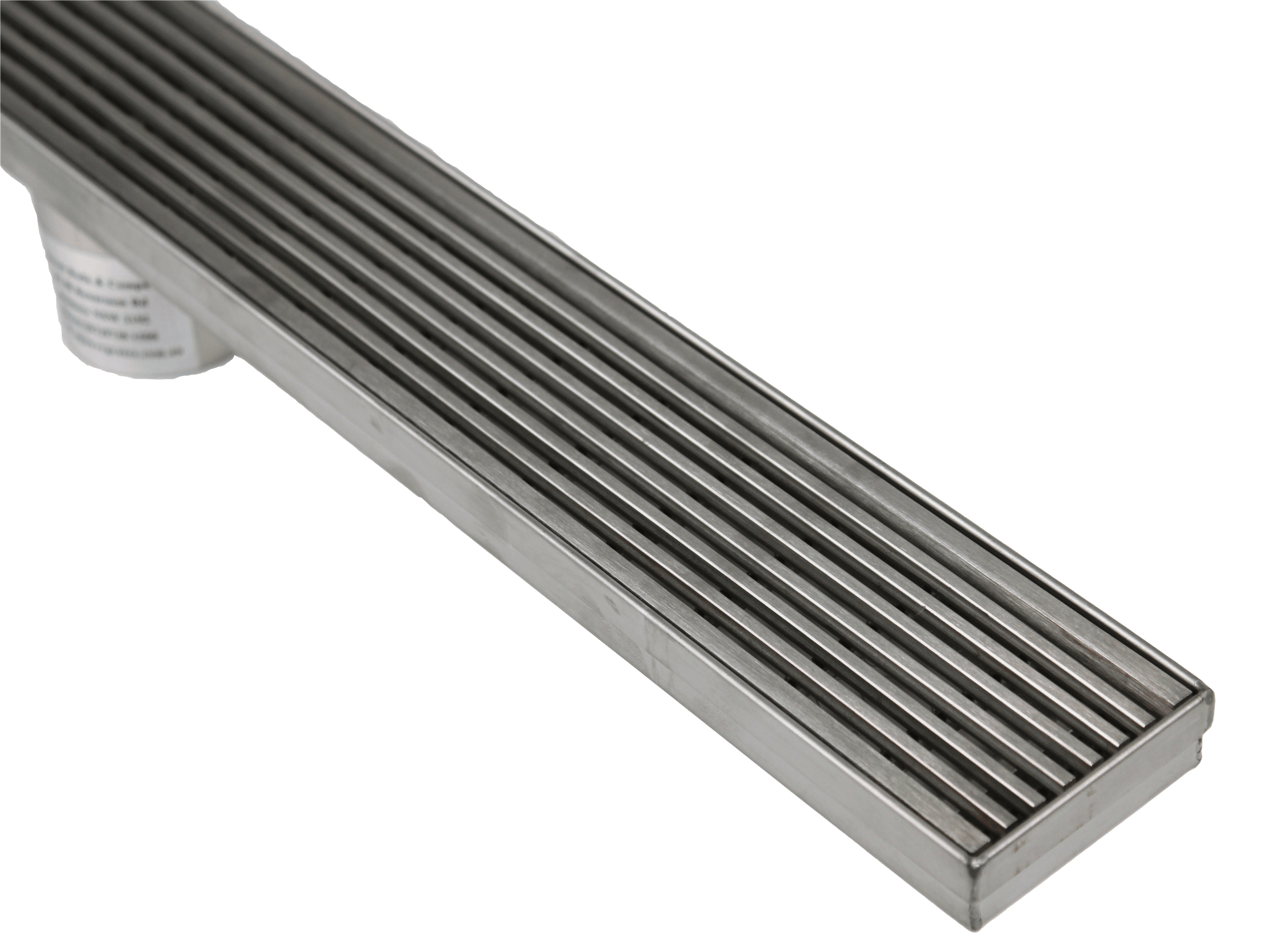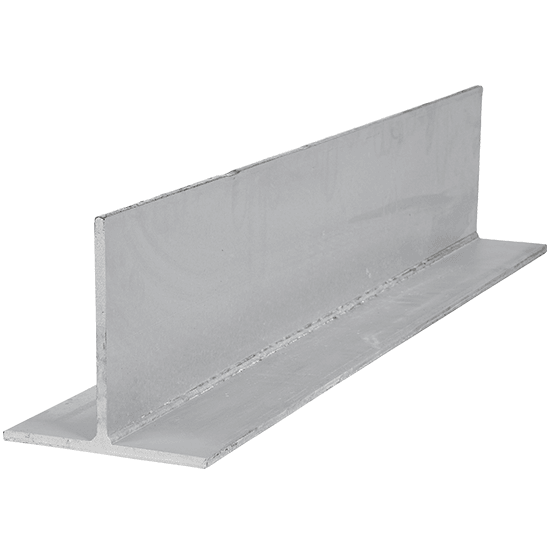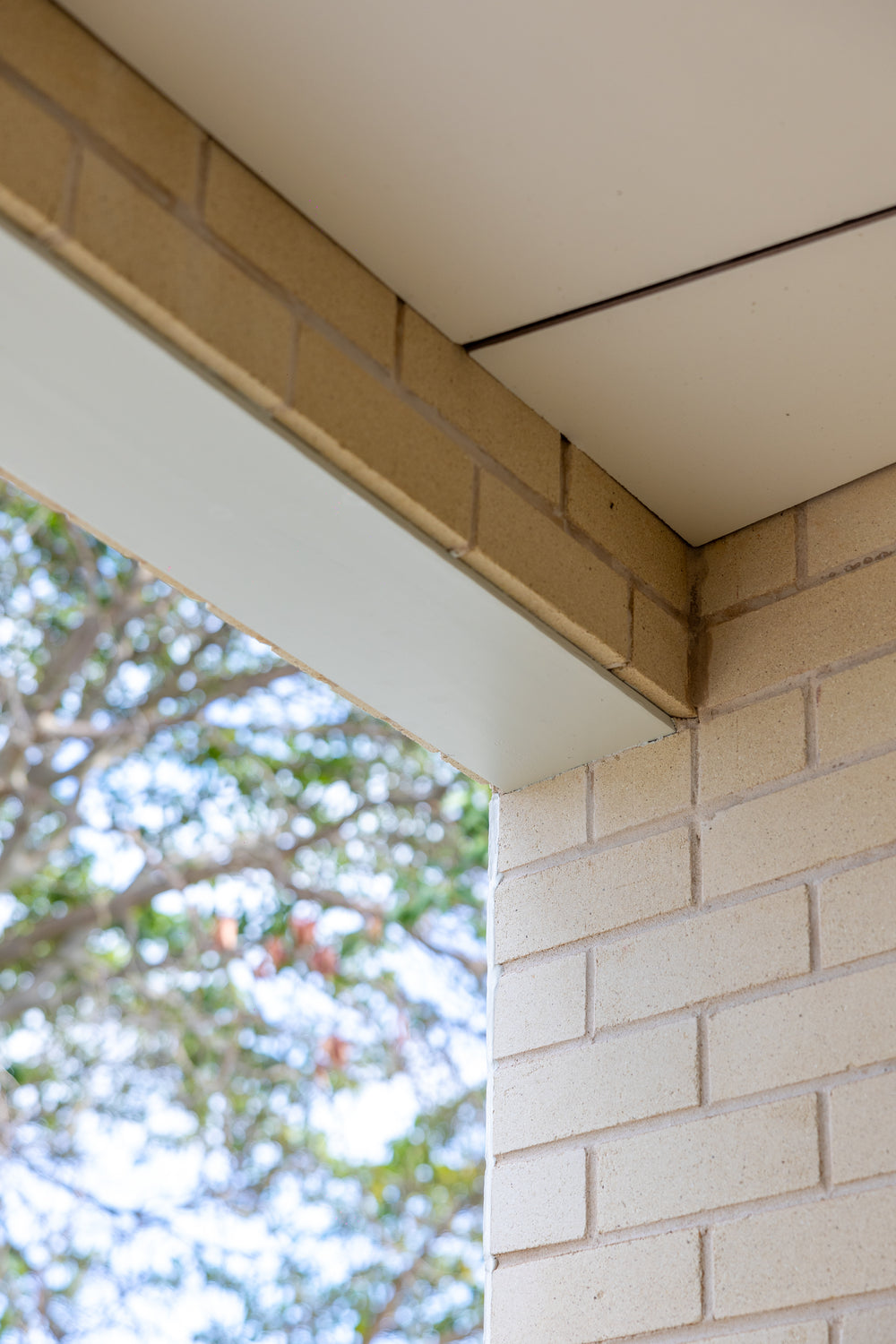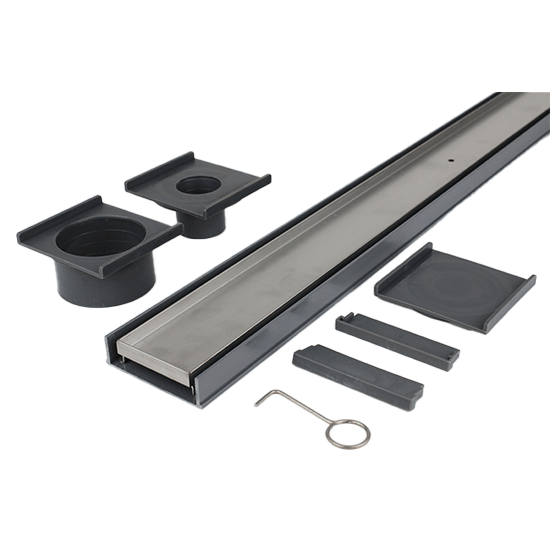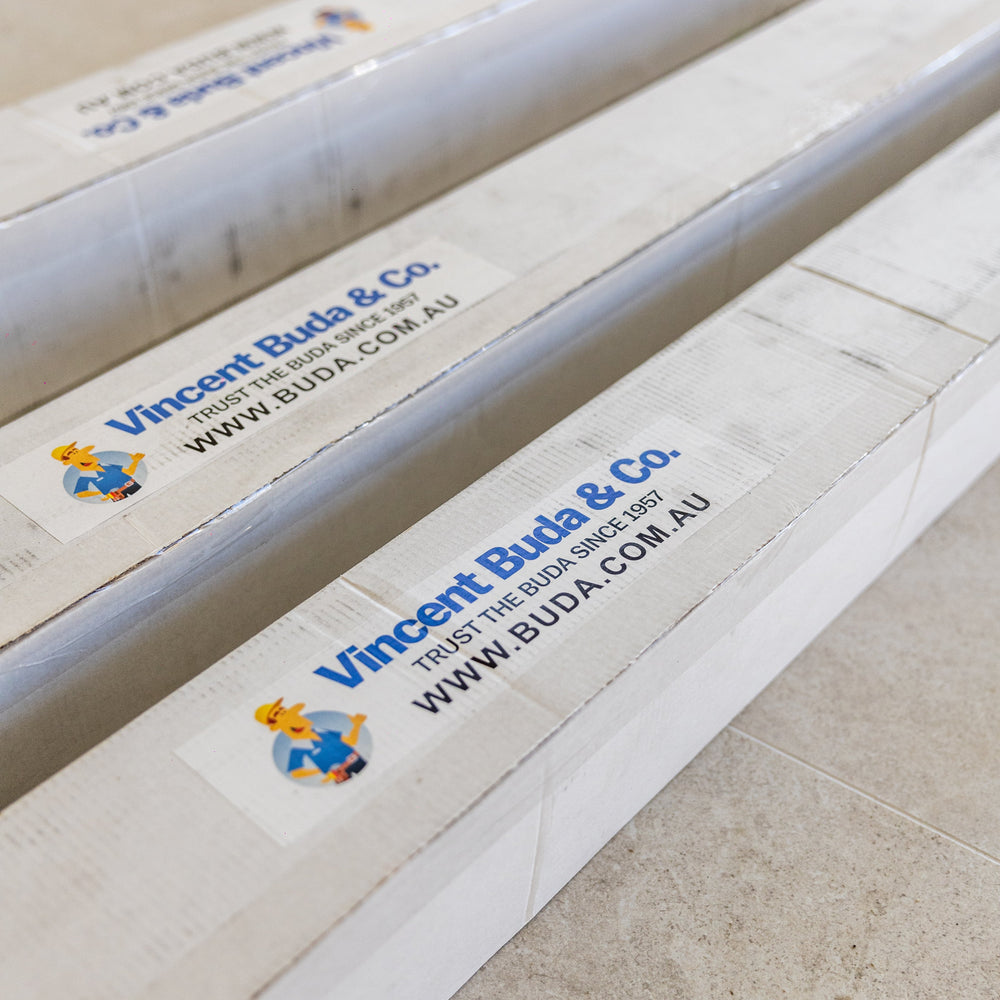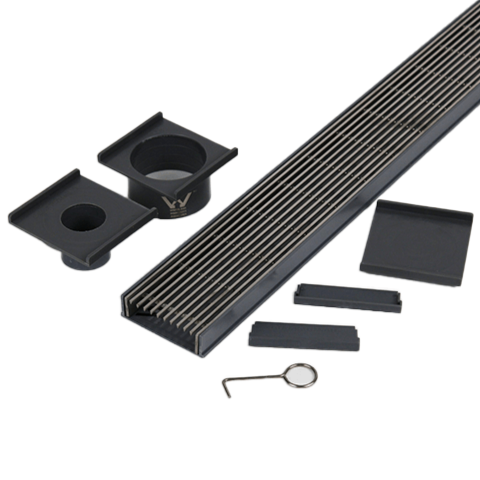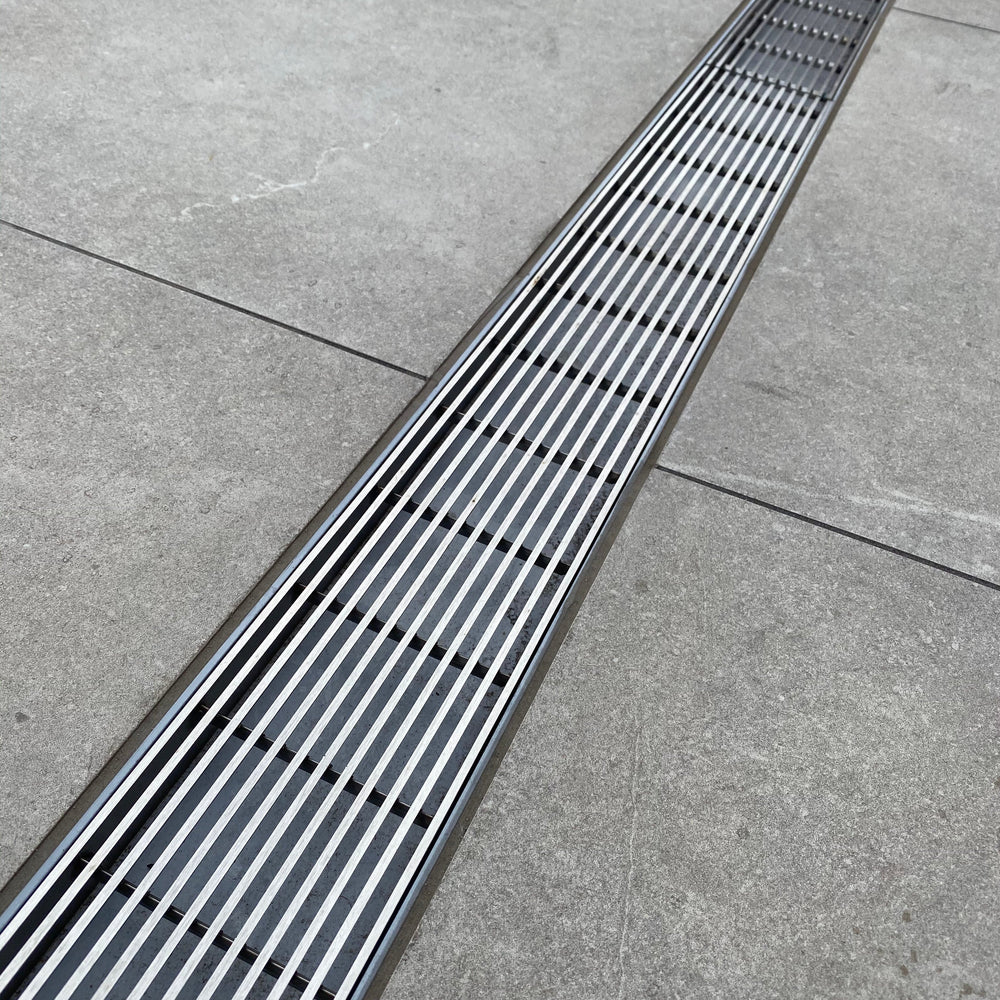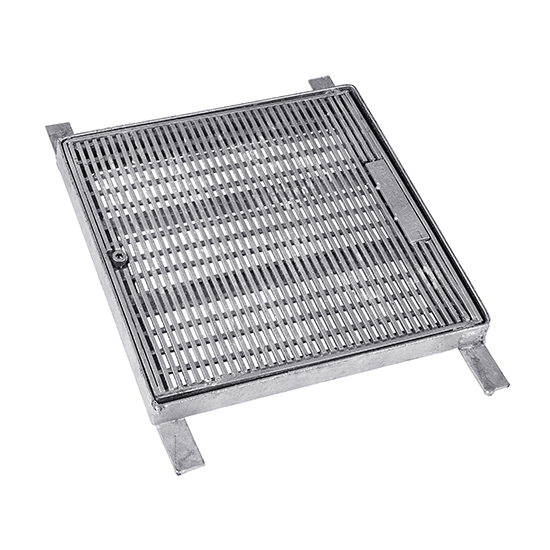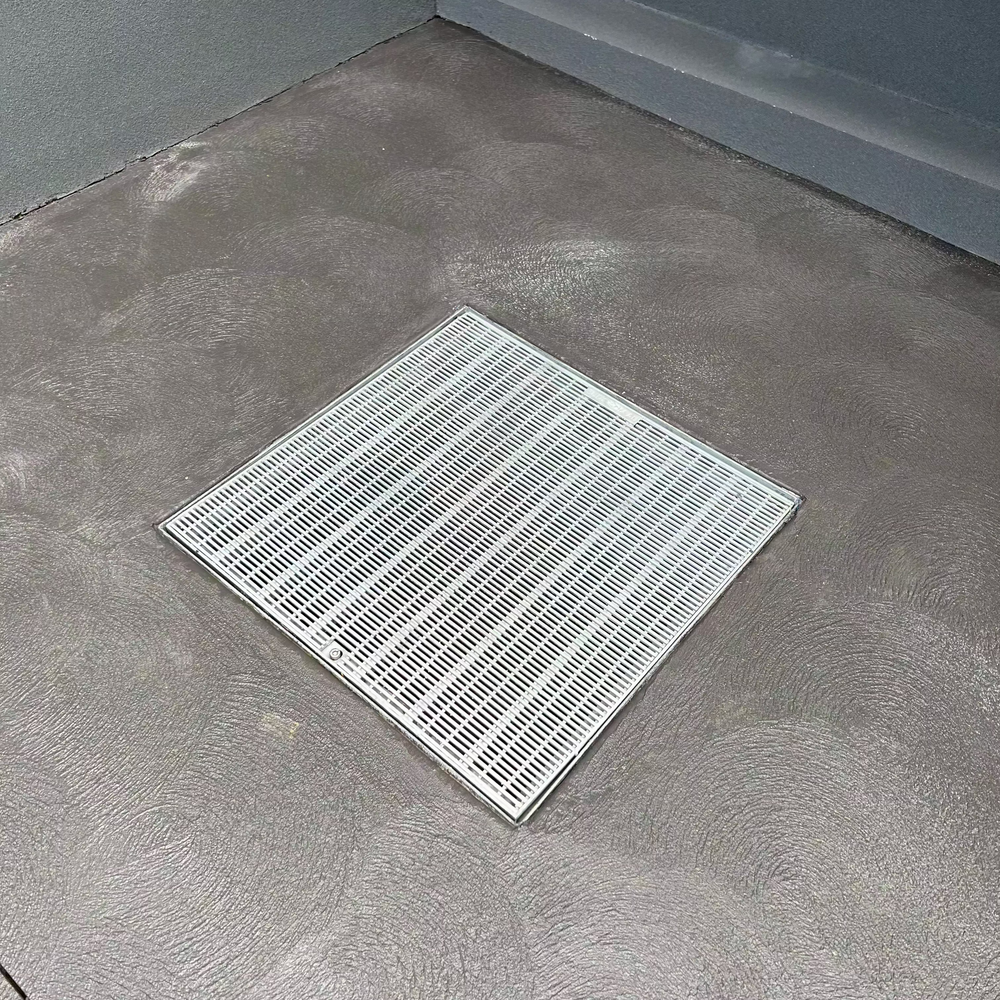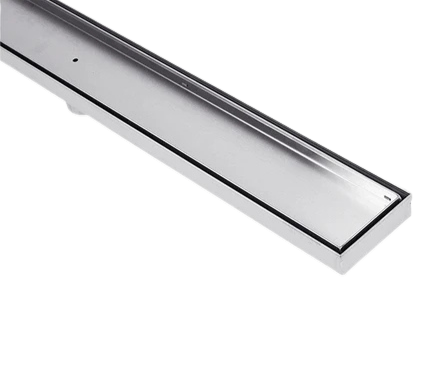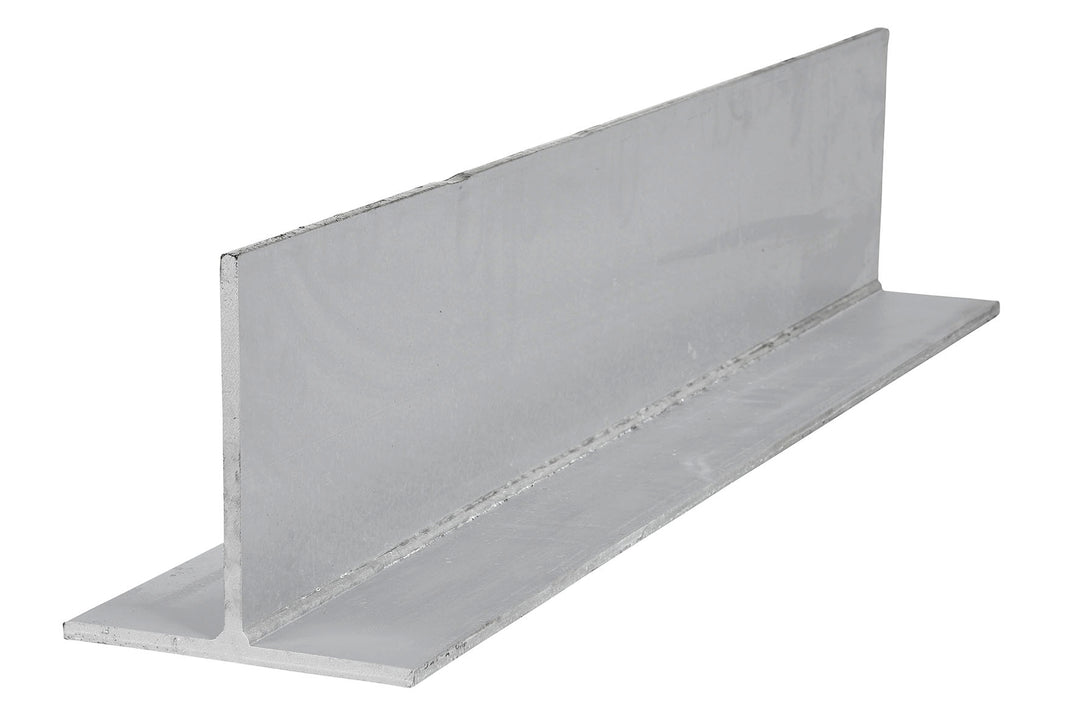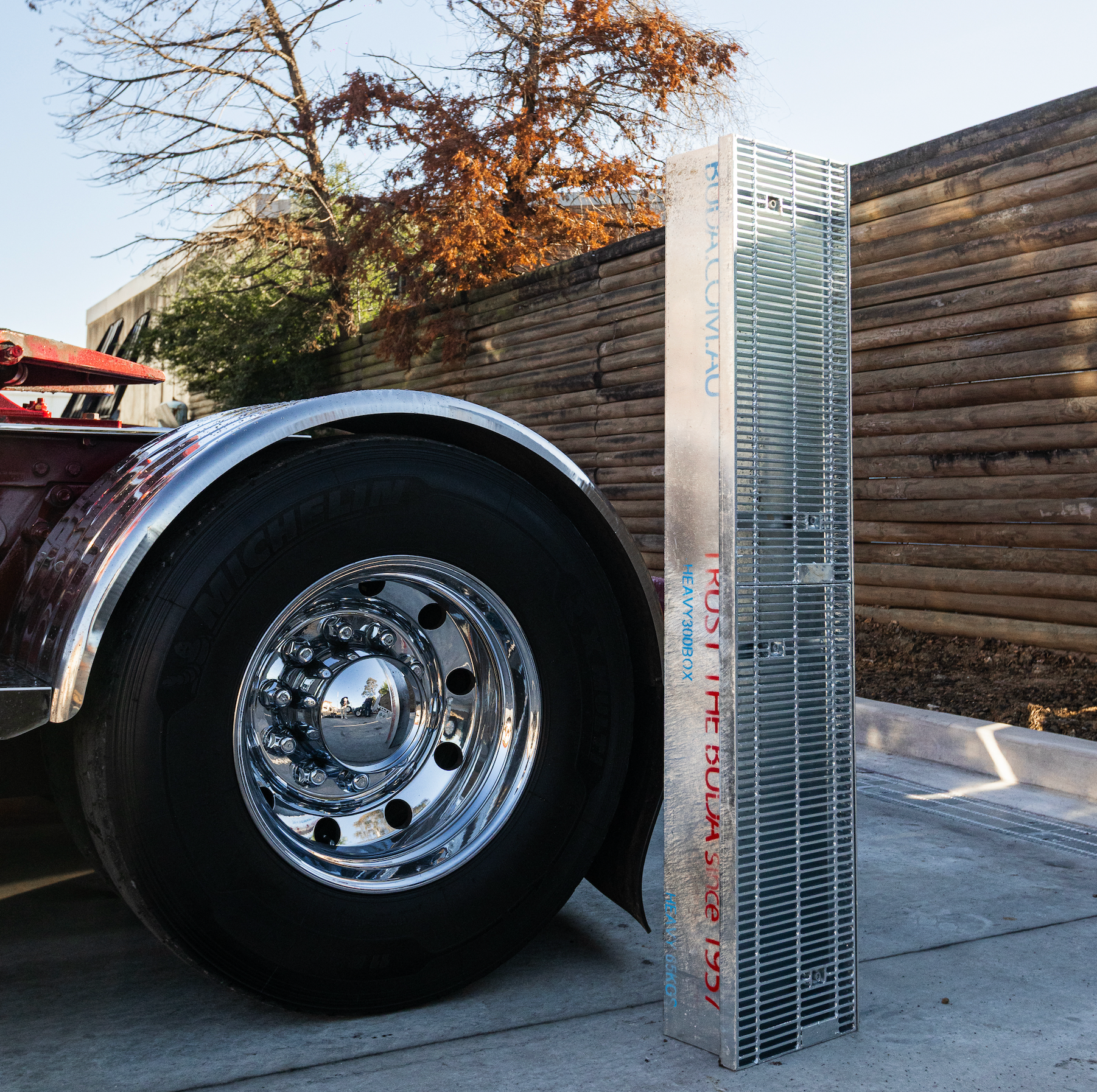DIY Rain Gardens: Using Drains to Create A Sustainable Oasis

Imagine transforming a simple yard into an eco-friendly oasis that beautifies your space and plays a pivotal role in conserving the environment. Welcome to the world of rain gardens!
Rain gardens, with their vibrant blooms and lush greenery, are not just a visual treat; they're a testament to eco-friendly landscaping. They provide a habitat for local flora and fauna and help reduce the risk of flooding and water pollution. Central to the success of a rain garden is an effective drainage system. In this guide, we'll walk you through how to build your rain garden, emphasising the pivotal role of grates and drains in ensuring sustainability and functionality.
The Role of Grates & Drains in Rain Gardens
Before diving into the DIY process, it's essential to understand the significance of grates and drains in a rain garden. These components manage rainwater runoff, directing it to the garden and preventing flooding. They also filter pollutants, ensuring the water reaching the plants is clean and safe. Explore our range of outdoor drains to find the perfect fit for your garden.
How To Build a DIY Rain Garden Drainage System
Creating a rain garden is a blend of art and science, where you harmoniously merge aesthetics with functionality. Follow these steps to ensure your garden not only looks beautiful but also effectively manages stormwater runoff:
- Choose the Right Location: Identify a low-lying area in your yard, preferably 10 feet away from your home, to prevent water damage.
- Design Your Garden: Outline the shape of your garden using stakes and string. Consider the size and shape of your space.
- Dig the Garden: Remove the grass and dig a depression about 4-8 inches deep.
- Install the Drainage System: Place a stormwater drainage system at the centre of the garden. Ensure it's slightly elevated to manage overflow.
- Choose the Right Plants: Opt for native plants that thrive in wet conditions. Deep-rooted plants can tolerate wet and dry spells, making them ideal for rain gardens. Examples include butterfly weed, Joe-Pye weed, and swamp milkweed.
- Soil Composition: The soil in your rain garden plays a pivotal role. A mix of sand, compost, and topsoil can aid in water filtration and support plant growth. This composition ensures that water is absorbed quickly, preventing stagnation.
- Maintain Your Garden: Regularly check the drainage system for clogs and clean it as needed. For a comprehensive guide on maintenance, check out our article on how to clean, unblock, and maintain your external drainage system.
Maintenance Tips for Your Rain Garden
Regular maintenance ensures the longevity and effectiveness of your rain garden:
- Mulching: Apply a layer of mulch to prevent weed growth and retain soil moisture.
- Weeding: Regularly remove invasive species that might compete with your chosen plants.
- Drainage Check: Periodically inspect the drainage system for clogs and clean it as needed. For a comprehensive guide on maintenance, check out our article on how to clean, unblock, and maintain your external drainage system.
Safety Considerations: Ensure your rain garden isn't too deep, especially if you have children or pets. A depth of 4-8 inches is typically sufficient to manage stormwater without posing a safety risk.
Benefits of a Rain Garden
More than just flower beds, rain gardens are shallow basins that collect and filter rainwater. They serve as a habitat for local flora and fauna, enhancing biodiversity.
The key to a successful rain garden is fast-draining soil, ensuring water percolates quickly. For those with sloping yards, rain gardens can be an ideal solution. However, choosing a location that dries out swiftly after a downpour is crucial.
- Water Conservation: Rain gardens can significantly reduce the need for irrigation, leading to water conservation.
- Biodiversity: By attracting beneficial insects, birds, and other wildlife, rain gardens promote local biodiversity, creating a mini-ecosystem in your backyard.
- Eco-friendly: Rain gardens reduce water pollution by filtering runoff.
- Aesthetic Appeal: They enhance the beauty of your yard.
- Habitat Creation: They provide a habitat for local wildlife.
- Flood Prevention: Effective stormwater drainage systems in rain gardens prevent flooding.
By building a rain garden, you're not just enhancing your yard; you're contributing to a global effort to reduce water pollution and promote biodiversity.
Other Landscape Drainage Solutions
While rain gardens are a fantastic way to manage stormwater runoff, they're just one piece of the puzzle. Other effective landscape drainage solutions can be integrated into your yard to further enhance its beauty and functionality.
Swales
Swales, shallow depressions designed to manage stormwater, are nature's answer to stormwater management. These shallow depressions channel stormwater, allowing it to permeate the soil gradually. By landscaping swales to mimic the appearance of natural creek beds, you manage water and add a touch of natural beauty to your yard.
When combined with water-loving plants, swales become even more effective, as these plants absorb excess water and prevent flooding. For areas that experience heavy water flow, a perforated pipe laid in gravel beneath the swale can offer an added layer of protection, ensuring water is directed away from structures and other critical areas.
Pervious Paving
Pervious or permeable paving is a modern solution to managing stormwater runoff. Unlike traditional paving materials that promote water runoff and can lead to flooding, pervious paving is designed to allow water to pass through its surface. This facilitates the natural filtration of rainwater into the ground below, reducing flooding and preventing water pollution.
This paving solution is especially beneficial for areas like driveways and patios, where water runoff can be a significant concern. The design incorporates small gaps or porous materials, ensuring rainwater seeps through rather than pooling on the surface. Consider integrating our driveway grates to enhance the effectiveness of pervious paving further. These grates complement the paving by ensuring optimal water management and directing water where it's needed most.
Enhancing Your Landscape Drainage Solutions with Quality Grates
The success of your rain garden largely depends on the quality of your drainage system. At Vincent Buda & Co., we offer a range of high-quality grates and drains designed to withstand the test of time. Our products are made from the best stainless steel grades, ensuring durability and efficiency. Dive into our collection and find the perfect match for your rain garden.
Integration with Other Landscape Features
Rain gardens can be seamlessly integrated with other landscape elements to enhance the overall aesthetic appeal of your yard:
- Ponds and Waterfalls: Consider placing a pond or waterfall downstream from your rain garden. As the garden filters the water, it can flow into these features, creating a serene environment.
- Rock Gardens: Rocks can be strategically placed within or around the rain garden, adding texture and contrast to the soft plants.
Landscape Drainage Solutions with Buda
Building a rain garden is a rewarding endeavour with environmental and aesthetic benefits. With the right grates and drains, you can create a sustainable oasis in your backyard that manages stormwater runoff while nurturing a vibrant ecosystem.
Ready to transform your yard into an eco-friendly paradise? Dive into our outdoor drain collection and equip yourself with the best tools for the job. For more insights into sustainable drainage solutions, check out our article on what is a sustainable drainage system & water-sensitive urban design.



